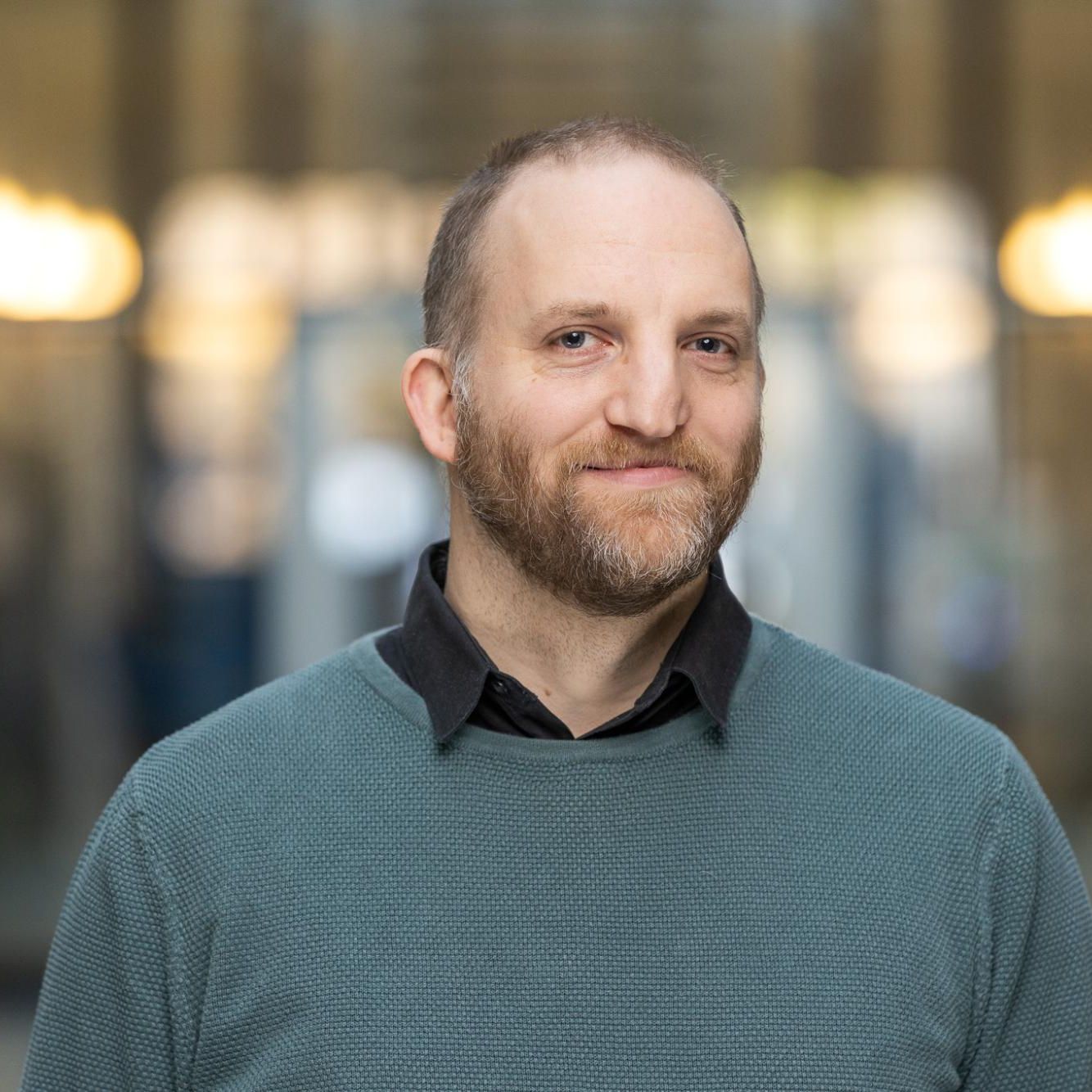.jpg)
.jpg)
"One of the first AI projects to be certified under EU standards."
Mechatronic system engineer Bas Vet
Read more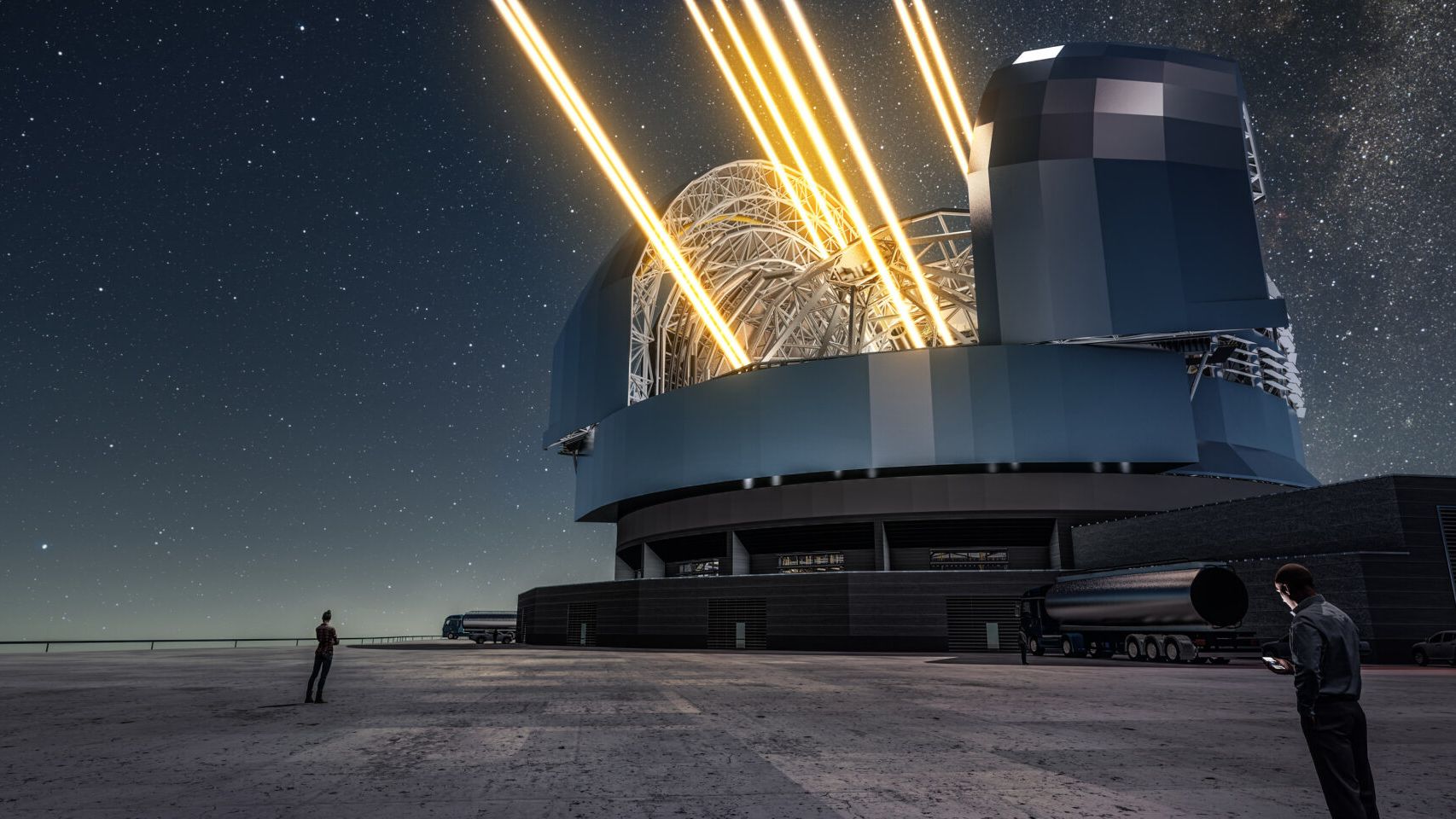
Optical system engineer Ralph Pohl at Demcon works on crucial technology for the world’s largest telescope: the Extremely Large Telescope (ELT). The Netherlands Organization for Applied Scientific Research (TNO) together with Demcon focal will be supplying crucial technology for the ELT, enabling it to take sharper pictures of the universe than ever before. With the aid of TNO and Demcon’s laser guide star technology, the ELT is expected to provide insight into some of the largest unsolved astronomy problems of our times, ranging from the creation of stars to the search for signs of life on exoplanets in other solar systems. As lead engineer, Ralph has various responsibilities, including the work packages for engineers, providing them guidance, and discussions with the client.
‘This is such a special project, because we are collaborating on one of the largest astronomy projects in the world. We are developing new laser-guide stars of extremely high optical quality for the largest telescope ever built. In the future, scientists will be using a piece of Demcon opto-mechatronics engineering on the mountain where the telescope is located, to understand what is happening in the rest of the universe. The ELT’s 39-meter main mirror can gather fifteen times more light than the largest telescopes in use today. This means that, together with adaptive optics, the telescope can bring even the faintest objects clearly into focus. The ELT enables astronomers to discover planets and other objects that orbit other stars, and to study earth-like exoplanets in nearby solar systems that might be inhabitable. We are making a large impact in the astronomy domain and that makes it very interesting. It is particularly fascinating to be able to do some astronomy-related work. You want to be part of it and it gives you energy, because it serves a lofty scientific goal and because the work is for a research institute.’
‘Everything is in development at the same time, not only the laser guide star system, but also the telescope itself. This makes it vulnerable and there are many prerequisites and strict optical requirements that must be met at challenging environmental conditions. The primary factors affecting the laser guide star system are telescope tilts of 60 degrees and temperature variations in the environment, ranging from 0°C to 15°C. For these conditions, the laser beam needs to be kept perfectly stable and the optical quality of the emitted laser beam needs to be guaranteed. We have been and will be conducting various tests for this purpose to make sure that the system works as expected and that we are compliant to our requirements and performance expectations. We are using a climate chamber for this purpose in which we will test the system at different tilt angles, and at different temperature and humidity conditions. In addition to opto-mechatronics, various other disciplines are also involved, such as mechanics, electronics, software, and reliability engineering. Effective communication among team members is crucial in this respect. A proper organization structure is required to be able to effectively manage the many tests and tooling. Otherwise, you lose oversight. Moreover, the project has a high development pace due to its ambitious timeline. The project’s various aspects have challenges that allow you to learn a great deal from it.’
If you would like to know more about systems engineering at Demcon, come have a cup of coffee (or tea) with us. Send us an email at coffee@demcon.com and we will be happy to contact you!
.jpg)
.jpg)
Mechatronic system engineer Bas Vet
Read more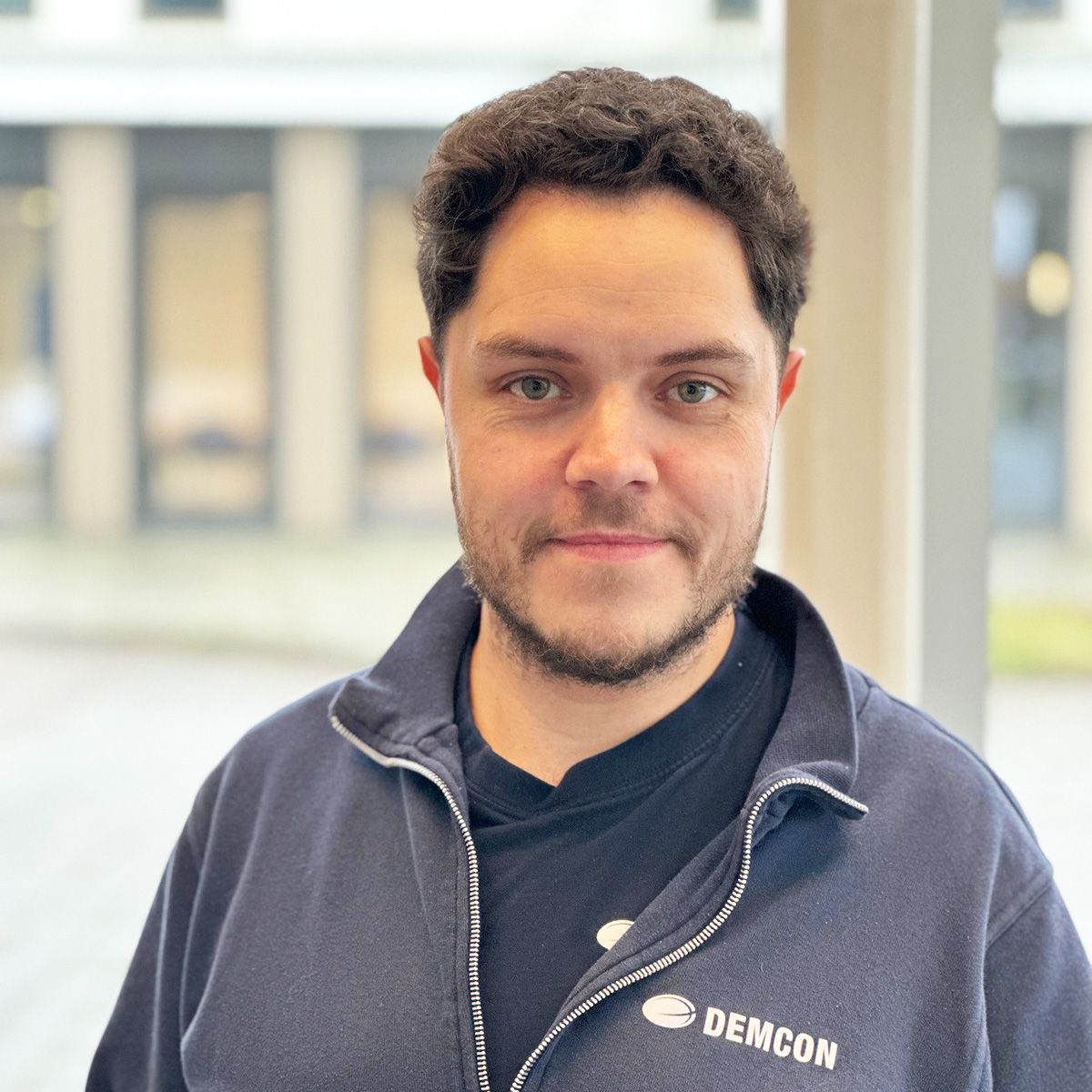

Assembly operator 2 Gino Folkers
Read more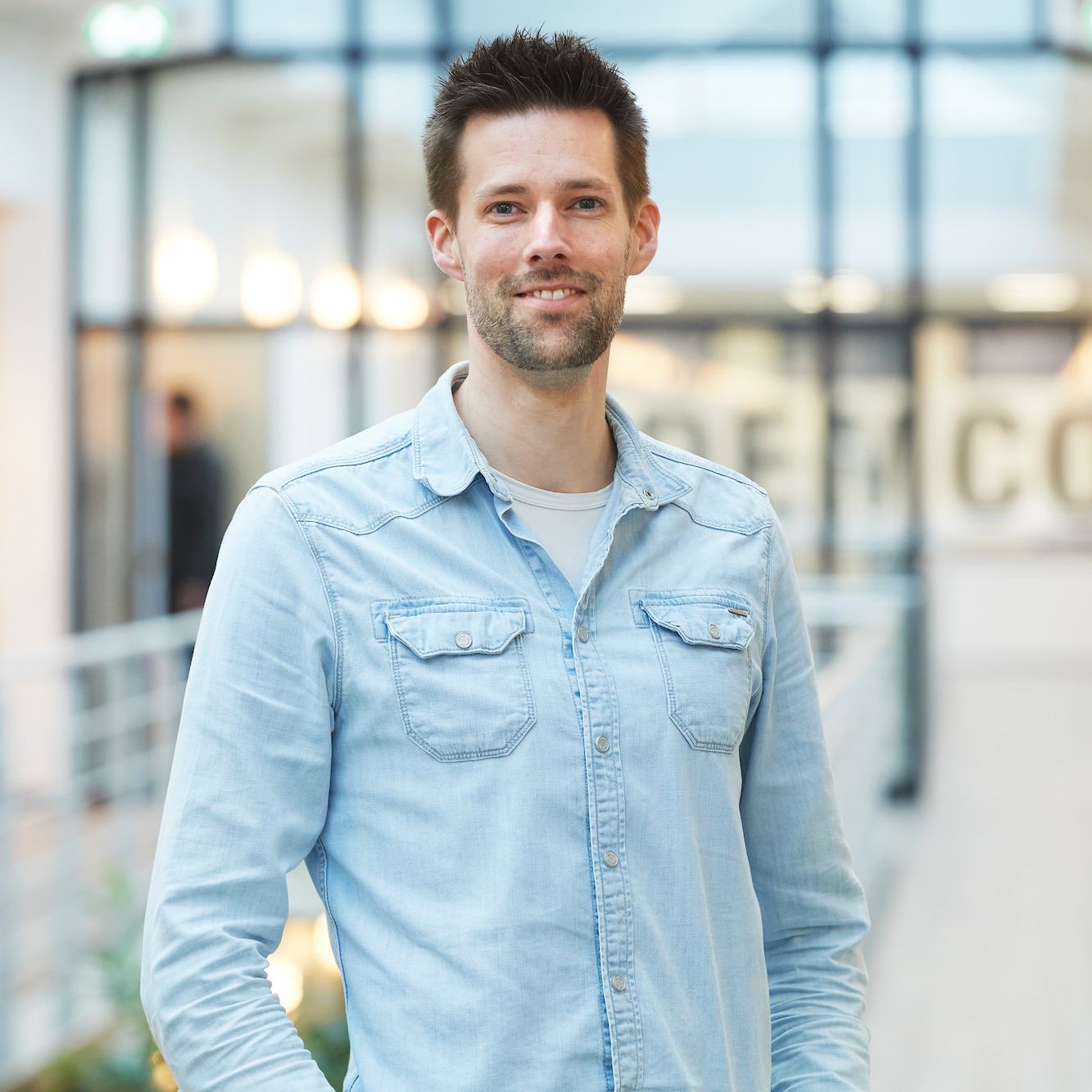

Senior mechanical engineer Michiel Aarts
Read more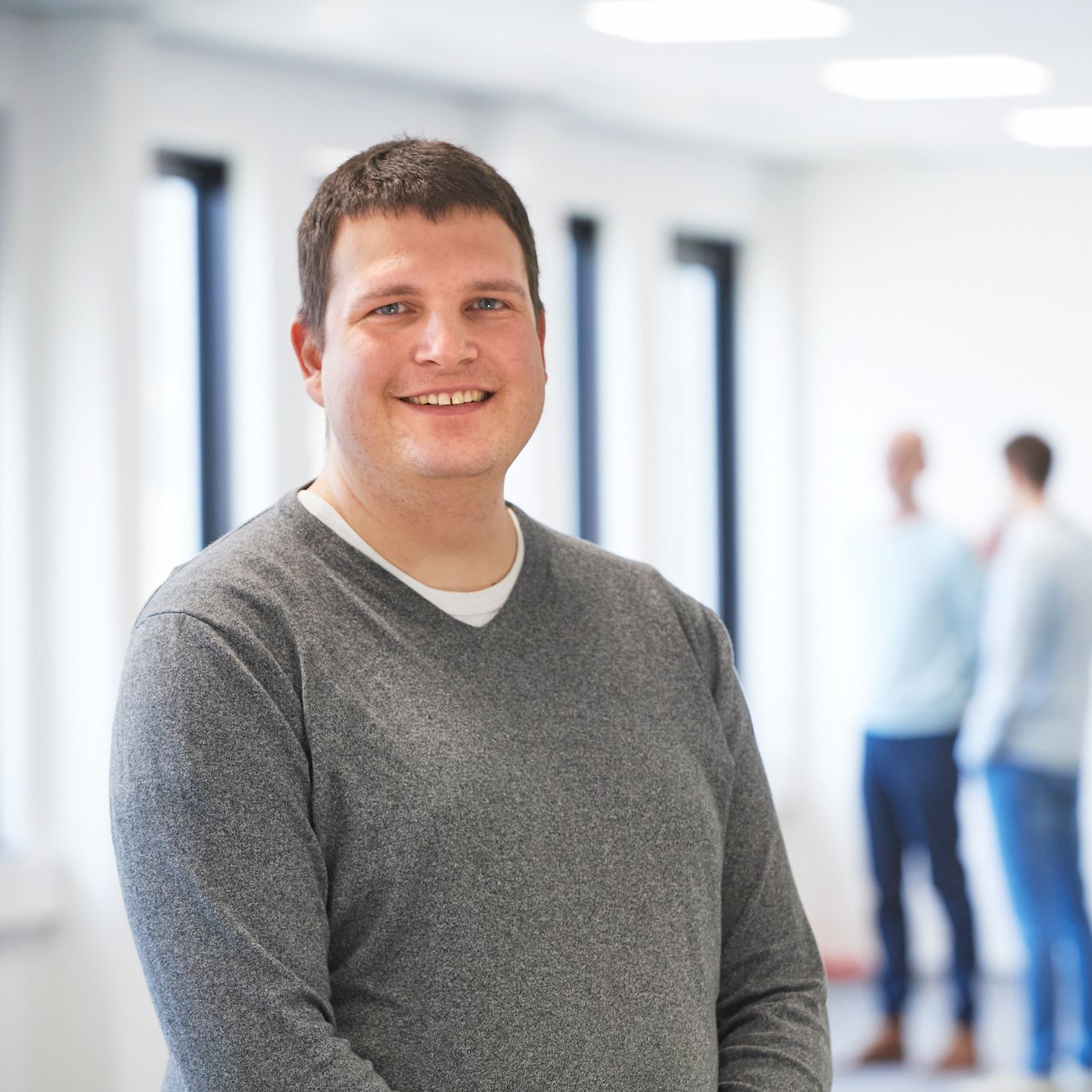

Senior software engineer Pieter Bijleveld
Read more